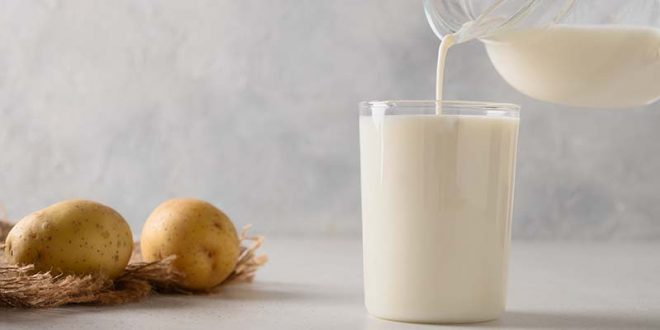The global potato protein market size was valued at USD73.58bn in 2018 and is projected to reach USD100.2bn by 2026, growing at a CAGR of 3.96 % from 2019 to 2026.
“Consumer worries about food allergies in products are a critical part of the expansion in potato protein market revenue, and an increase in the vegan population will promote market growth,” according to the “Potato Protein Market” report written by the Verified Market Research experts.
Potato protein is a dry byproduct derived from the production and separation of potato starch. It is a plant-based protein that combines excellent protein content with effective fortification to fit into a healthy lifestyle. As a result, potato protein has a wide range of applications in the food and beverage industry, including baked goods, confectionery, soups and sauces, and snacks.
Potato is a plant-based protein source that can aid with muscle maintenance. According to the most recent studies, protein derived from potatoes can be of excellent quality and help a person build and maintain muscular growth. For tissue growth and workout preparation, potato protein concentrate is beneficial. Weanling animals’ performance was said to be sustained by using meals rich in potato protein.
In recent years, consumer interest in protein consumption has significantly increased. The need for plant-based protein sources has increased along with the demand for clean-label, allergen-free products. Additionally, the ease of digestion and compatibility with a vegan diet are two advantages that contribute to potato protein’s widespread use. This has increased demand for goods that are protein-rich and protein-enriched and increased interest in plant protein components among food makers and food service operators.
This factor influenced the growth of the global potato protein market favorably. In addition, soy proteins have historically dominated the market for plant-based protein additives. However, potato protein is becoming more popular because it is acceptable for all types of livestock and may be used in place of soy proteins in some protein-rich diets.
A source: https://www.potatobusiness.com








